Top 7 wrist mobility exercises for cycling - here’s how to prevent hand-related pain
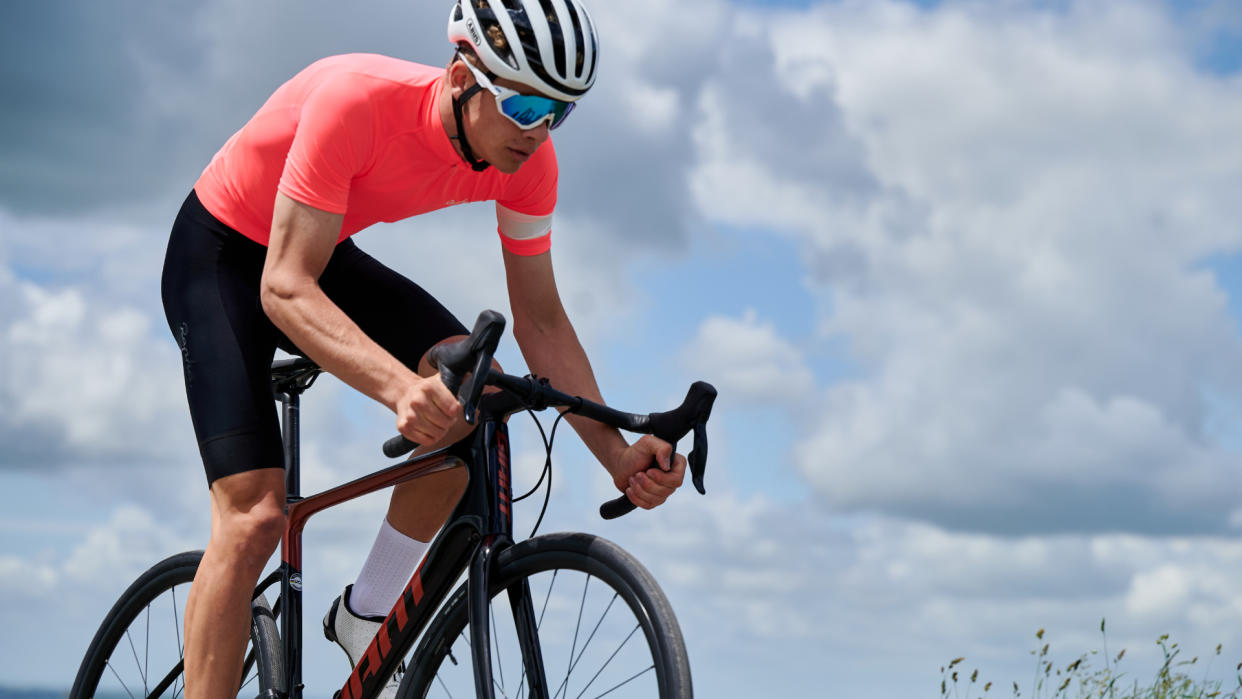
A large number of cyclists experience pain in their hands and wrists with cycling. A 1995 study of overuse injuries in cycling found that 31 per cent reported hand/wrist complaints. But does wrist mobility - or a lack of it - play a role?
Wrist mobility refers to how easily we can move our wrists and depends on both flexibility and strength. Unlike other simpler joints, the wrist moves in three planes: flexion and extension (bending forward and back), radial and ulnar deviation (side to side), and supination and pronation (twisting or rotation).
Normal wrist range of motion is 73° flexion, 71° extension, 19° radial deviation (towards thumb), 33° ulnar deviation (towards pinkie), 140° supination (palm up) and 60° pronation (palm down). A common way to end up with poor mobility is from a traumatic injury, such as a fracture - something not uncommon in cycling!
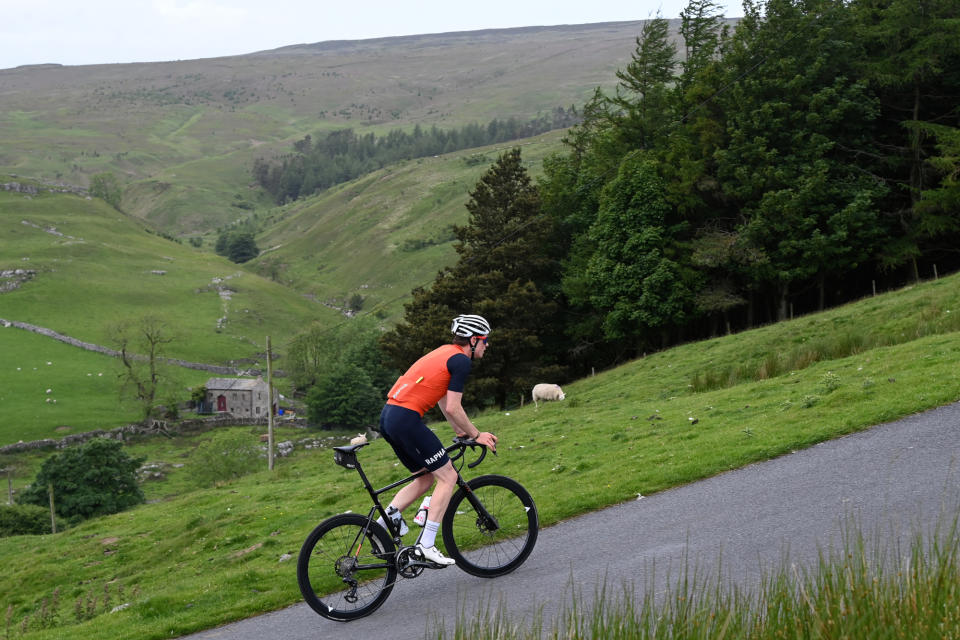
Wrist pain from cycling usually stems from compression and irritation of the nerves around the hand and wrist, the two most common being carpal tunnel syndrome (median nerve) and ulnar nerve palsy. Both can result in pain, tingling and numbness in the hands, fingers and wrists, and in some severe cases, muscle weakness in the hand and fingers. It is more likely to occur on long rides and ultra-distance or multi-day events.
There can also be issues with mobility of the nerves themselves. This can originate in the neck, with tight muscles around the neck and shoulders - for instance, due to stiffness or poor posture - preventing the nerves from moving freely, which in turn causes issues at the wrists and hands. This is known as double crush syndrome.
How can poor wrist mobility affect my cycling?
In cycling, the position of the wrist is more important for comfort than mobility or absolute range. It’s also more important than the amount of load going through the wrists. Rarely do we need full wrist range of motion in cycling.
Our wrists should be placed in a relatively neutral position for the majority of cycling, with the functional wrist position being about 20° of wrist extension and slight ulnar deviation.
However, there are some situations where a bit more mobility is required, and a lack of movement can cause problems such as discomfort, difficulty holding the handlebars or difficulty accessing the levers and brakes.
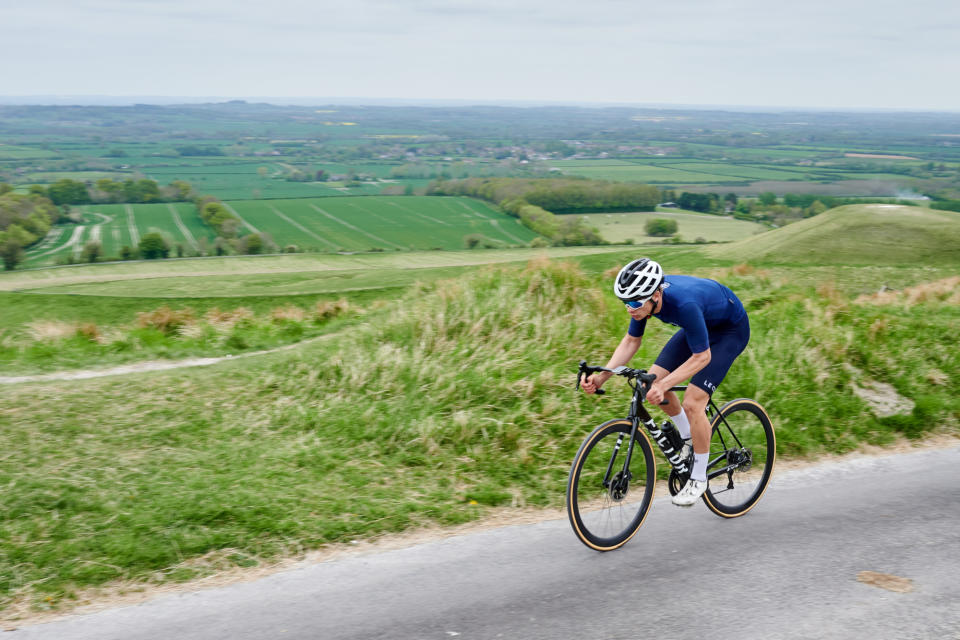
Riding in the drops is one example, as it requires more radial deviation (bending the wrist towards the thumb side) to reach the levers and brakes. This will be exacerbated if the hoods are not placed in an ideal position.
Bikes with a flat bar are another example, especially in mountain biking. Wider handlebars provide more stability and control. However, the wider the bars, the more radial deviation is required - and a lack of range can result in compensations with the elbows and shoulders.
This is also true for other flat bar bikes such as commuters, hybrids or touring bikes.
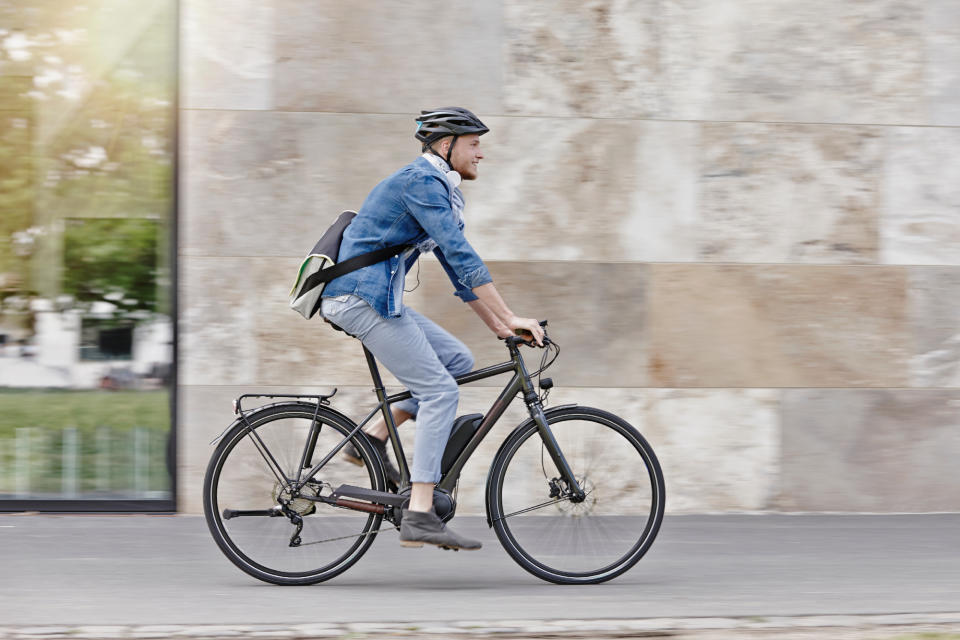
Flat bars may also require more wrist extension to reach the brake levers. Again this can be addressed by be positioning the brakes at a suitable angle when fitting the bike. A bike fitted with twist shifters to change gears will require more wrist mobility as well.
So if it’s not poor mobility, then what is causing my wrist discomfort?
A poor bike fit is a major contributor to wrist pain in cycling, especially in regard to weight distribution on the bike. Having the saddle too far forwards or too nose down will place excessive load on the upper limbs and can cause compression of the nerves at the wrists.
Both excessive reach and excessive drop can contribute to wrist pain via increased weight on the handlebars and putting more traction on the nerve. Excessive saddle height may cause instability of the pelvis (as well as increasing the drop) and result in bracing of upper limbs to stabilise.
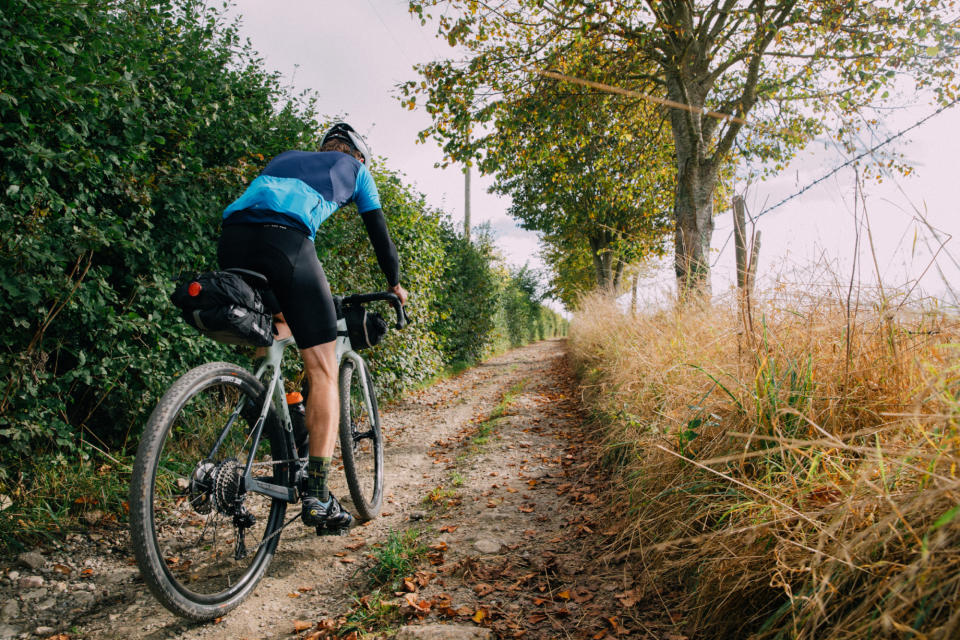
On a road bike, handlebars that are too wide may cause the rider to bend the wrists back (hyperextend) to try to achieve a narrower shoulder position. Less commonly, handlebars that are excessively narrow, for instance when attempting to achieve an aerodynamic front profile, can force the wrists to operate in too much flexion.
On a MTB (or other flat bar bike) a curved bar, bar ends or ergo grips can keep the wrist in a more neutral position. The position of the brake levers is also important to ensure the wrists are not excessively flexed or extended.
Road handlebars that are rolled up to angle the hoods up (often used to decrease reach and drop) can cause wrist hyperextension in reaching for the levers when riding in the drops. Conversely, hoods that are positioned too far away on the handlebars can cause excessive ulnar deviation when riding in the hoods and result in wrist pain.
Finally, insufficient core muscles and an inability to hold yourself in the forward leaning position when pedalling can increase load on the hands.
How do I prevent wrist pain?
Besides ensuring that your bike fit is optimal, there are other options to help prevent wrist pain when cycling.
Cushioned bar tape and gel padding via a quality pair of cycling gloves can reduce compression or vibration at the point where your wrists contact the handlebars. Riding wider tyres with lower pressures can also dampen the harshness of the road and reduce vibration through your wrists and hands.

Changing hand position regularly during a long ride from the hoods to tops to drops will also help decrease pressure. On a MTB or touring bike, having more than one option for hand position such as fitting bar ends or bull horns will allow this. Relaxing the elbows and shoulders and trying not to overgrip are also helpful strategies.
Wrist mobility exercises
If mobility is an issue, whether it is the wrist, neck/upper back or neural, then mobility exercises for the problem area can be helpful.
1) Wrist extension:
Place palms flat on a table in front of you. Lean forward until you feel a stretch in your wrists, ensuring your palms remain flat on the table. Hold this position
2) Wrist flexion:
Extend your arm straight out in front of you with your palm face down. With your other hand, apply a gentle pressure to the back of your wrist and hold.
3) Wrist radial/ulnar deviation:
Place elbows on a table and clasp fingers with palms together. Bend your wrists away from you, then towards you, ensuring you do not twist your wrists or move them left and right.
4) Wrist supination/pronation:
Using the same position as above, and ensuring your wrists are as straight as possible, twist your hands so that the back of one hand faces you, then again so the back of the other hand faces you. Move your elbows closer together to allow more movement.
5) Upper back stretch:
Using a foam roller or rolled up towel, support your head with your hands and extend over the roll keeping your ribs down.
6) Median nerve glide:
Stand with your arm out to the side at shoulder height with your palm up and wrist bent back. Bend and straighten your elbow continuously for 30 seconds. When your arm is straight you should feel a tight pulling/stretching sensation down the front of your arm - do not hold the stretch but continue bending and straightening the elbow.
7) Ulnar nerve glide:
Using the same position and elbow bending and straightening as above, but this time with your palm down and wrist bent back. When your arm is bent you should feel the tight pulling/stretching sensation around your elbow and outside hand/fingers.

